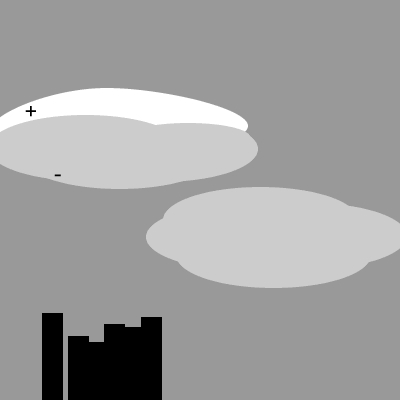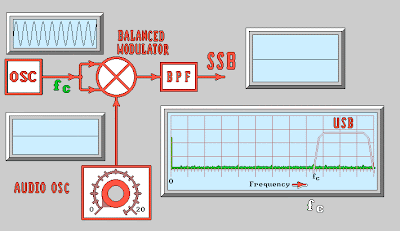 |
| Parabolic Antenna |
A parabolic antenna is an antenna that uses a parabolic reflector, a curved surface with the cross-sectional shape of a parabola, to direct the radio waves. The most common form is shaped like a dish and is popularly called a dish antenna or parabolic dish. The main advantage of a parabolic antenna is that it is highly directive; it functions similarly to a searchlight or flashlight reflector to direct the radio waves in a narrow beam, or receive radio waves from one particular direction only. Parabolic antennas have some of the highest gains, that is they can produce the narrowest beam width angles, of any antenna type.Parabolic antennas are used as high-gain antennas for point-to-point communication, in applications such as microwave relay links that carry telephone and television signals between nearby cities, wireless WAN/LAN links for data communications, satellite and spacecraft communication antennas, and radio telescopes. Their other large use is in radar antennas, which need to emit a narrow beam of radio waves to locate objects like ships and airplanes.
 |
| Parabolic antenna at transmitter section |
At the transmitter section the operating principle of a parabolic antenna is that a point source of radio waves at the focal point in front of a paraboloidal reflector of conductive material will be reflected into a collimated plane wave beam along the axis of the reflector.
 |
| Parabolic antenna at receiver section |
At the receiver section an incoming plane wave parallel to the axis will be focused to a point at the focal point.

































